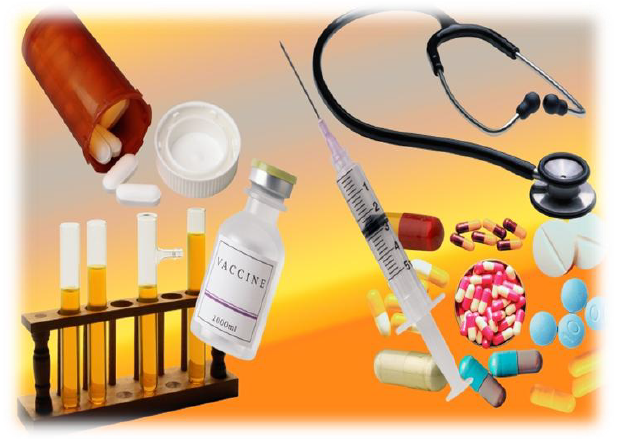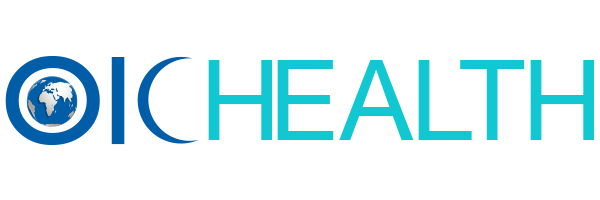
Medicine: Information on access to medicines is not readily available. As a proxy of access, WHO surveys showed that:
a) Availability of core medicines varied considerably among countries, and
b) Availability of medicines was generally lower in the public sector than in the private sector (WHO, 2012a).
Both of these outcomes are vital. The former outcome indicates the heterogeneity in terms of availability of the medicines across the OIC countries while the latter implies the hegemony of the private sector as being the main provider of the medicine for the patient.
However, it should be noted that, between 2003 and 2009, across the OIC countries, the median consumer price ratio of selected generic medicines in private sector is three times more than the price ratio in public sector as a result of higher manufacturers’ prices, high mark-ups, taxes and tariffs.
Pharmacovigilance is weak in detecting, investigating and reporting adverse events following medication and immunization. Efficient systems for quality assurance and surveillance do not exist in many countries and sale of counterfeit medicines is, therefore, a major problem. Over 90% of medical products are imported, and irrational use is widespread.
Vaccine: OIC countries display heterogeneous structure in terms of being able to uptake new vaccines. Low income countries through Global Alliance Vaccines and Information (GAVI) -which was launched in 2000 with the sole purpose of improving child health by increasing access to immunization in the world’s poorest countries- and high income countries such as Gulf countries have been successful in the uptake of new vaccines.
On the contrary, middle income countries (MICs) have been experiencing financial and operational difficulties with the introduction of new vaccines (WHO/EMRO 2012). Lack of sufficient funds and the prevailing high prices of the new vaccines constitute two main obstacles, among other factors. Suppliers offer relatively high prices for the new vaccines compared to traditional EPI vaccines. Despite the disease burden and aspiration of the decision makers, the attempts to equally introduce and sustain the new vaccines to every child have not been successful in the MICs.
Supply and Distribution
Medicine: Improper distribution and over-supply of the procured products leads to escalation of delivery costs and inequitable access among the population (WHO/EMRO, 2012). Therefore, a well-functioning medicines supply management system is vital in assuring an uninterrupted supply of essential medicines that are efficacious and of good quality, physically and financially accessible and used rationally.
Carrying out an in-depth assessment of the system provides information for targeted interventions in strengthening the system. The member countries, in general, facing with many challenges with regard to supply chain and procurement of medicines (PSM), amongst are erratic medicines supply especially in low income countries (LICs), lack of data for proper quantification of needs in emergency and crisis situations, large number of steps from Active Pharmaceutical Ingredients (API) manufacturer until consumer representing bottle necks which add further cost on the medicine price and consequently reduce access.
Local production and consumption data is largely unavailable for pharmaceutical industry in OIC countries. For the countries with available data, local production is not satisfying a tiny share of demand. License is another issue in OIC countries. Overall, the number of licensed manufacturer is not enough so the medicines do not meet the international quality standards.
Vaccine: The purchase of vaccines is complex and requires a specialized knowledge and a precise approach. Due to the fact that vaccines are complex biological products, heat sensitive and are different from drugs, their purchase cannot follow the same procedure as medicines. There are many companies producing vaccines but only a few meet internationally-recognized standards of safety and efficacy (WHO/EMRO, 2012).
Due to the specificities of the vaccines, quality, safety and efficacy should be the first considerations to be taken into account. Cold chain conditions should be respected during shipment and cold room capacity should be available at the time of the receipt of the vaccines. The distribution of vaccines is ensured mainly by the ministries of health (MoH) if vaccine is for national immunization programme or either by the procurement institution or by the private vaccine suppliers if the vaccine is dedicated to the private sector.
When vaccines are distributed by MoH, the cold chain during transport is fairly respected while the vaccine management including cold chain conditions is rarely controlled in private sector (WHO/EMRO, 2012).
The successful delivery of immunization programmes requires efficient supply of vaccines to providers. There are two different systems in place: national programme on immunization in the public sector which focuses mainly on Expanded Program on Immunization (EPI) vaccines and direct purchasing from drug stores in the private sector.
OIC countries are classified in two groups according to the source of the vaccines that are used in their expanded programme on immunization: countries sourcing their vaccines through UNICEF and countries procuring the vaccines directly from manufacturers.

